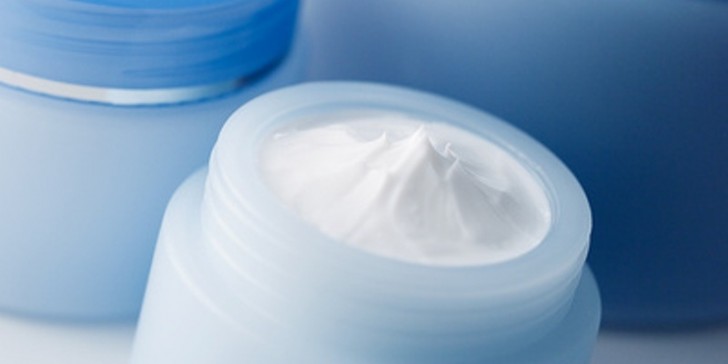FAQ concerning nanomaterials in cosmetics

The German Federal Institute for Risk Assessment (BfR) posted frequently asked questions (FAQ) regarding the risk assessment of cosmetic products. Questions regarding nanomaterials address their purpose, effects and application to babies.
Why are nanoparticles used in cosmetic products?
Nanoparticles made of titanium dioxide and/or zinc oxide are used as UV filters in suncreams to protect the skin from UV radiation. Materials produced using nanotechnology (so-called biocomposites) in toothpaste are intended to support the natural tooth repair mechanism of saliva.
Cosmetics containing ingredients in the form of nanomaterials must contain a reference to this effect in the list of ingredients in line with the EU cosmetics regulation (EC Reg. No. 1223/2009). The names of these components must be followed by the word “nano” in brackets.
What is known about the health effects of nanoparticles in cosmetic products?
Toxicological tests have already been made for several nanoparticles used in cosmetic products. Accordingly, the behaviour of nanoparticles made of titanium dioxide and zinc oxide on the skin has been well examined. It was confirmed in several experiments that these nanoparticles cannot penetrate healthy human skin cells and remain on the skin surface. They can remain on the skin for longer periods via the hair follicles, but they cannot penetrate it. Hair growth then transports them back to the skin surface.
There are currently many open questions in the assessment of the health risk of nanoparticles. The possible but not yet experimentally proven special potencies of particles in the biological system based on their nanoscalability are largely unknown, nor is much data available on the exposure of humans to nanoparticles.
Can sunscreen with nano-sized UV filters be used for babies?
Children aged under two years should not be exposed to direct sunlight because their skin has not yet developed its own protection function against solar radiation. Textile sun protection is also recommended in the shade.
If direct exposure to the sun cannot be avoided, a sunscreen product should be carefully applied to the uncovered areas of the body to prevent sunburn. Although knowledge of the possible risks of nanomaterials is still a bit sketchy in some places, the effects of nanoparticle-sized substances on human skin is comparatively well researched. As the tiny particles cannot penetrate healthy skin, their use in UV filters for sunscreen products does not pose a health risk.
Source: BfR
Image source: © Olga Lyubkin - Fotolia.com
Read all FAQ here.
Further information: